

Engage prospects with a scan and streamline customer engagement with FREE QR code marketing tools by Sona – no strings attached!
Create a Free QR CodeFree consultation

No commitment

Engage prospects with a scan and streamline customer engagement with FREE QR code marketing tools by Sona – no strings attached!
Create a Free QR CodeFree consultation

No commitment
In today’s digitally driven world, QR codes have become a strategic tool for playground installation services, enabling teams to connect physical sites with digital resources in seconds. Across public parks, schools, and commercial play areas, the challenge is consistent: information lives in too many places, paper processes are slow, and valuable engagement signals get lost. QR codes simplify access to maintenance logs, safety standards, and service requests while capturing data that improves operations and marketing.
Many teams struggle to capture accurate data from playground sites and equipment, which leads to overlooked maintenance needs, missed parent feedback, and regulatory risks. Integrating QR codes into playground signage, equipment, and marketing collateral gives staff, parents, and officials instant access to the right information while your business captures scan activity for follow-up and analysis. The result is a more responsive, compliant, and community-centered operation with minimal setup, as shown in a school district case study.
This guide explores proven ways QR codes streamline the playground installation process from site surveys and equipment onboarding to maintenance analytics. You will learn how QR codes reduce installation costs, tighten compliance, accelerate repairs, and open new pathways for community engagement. Whether you serve municipalities, schools, or private developers, these strategies will help you elevate trust and efficiency at every playground you install and maintain.
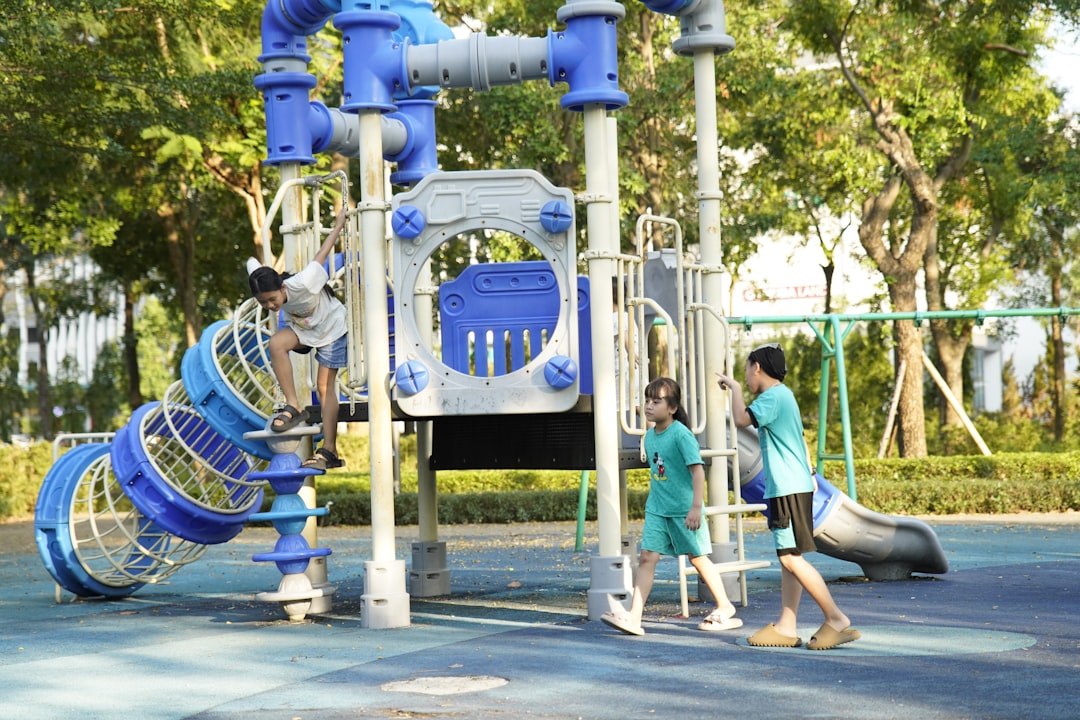
QR codes bridge the gap between physical playground locations and digital solutions, removing friction that often stalls customer engagement and slows issue resolution. Maintenance requests slip through the cracks when they rely on paper forms and phone calls. Safety updates go unnoticed when they are pinned to bulletin boards. QR codes make access immediate: a quick scan can open a maintenance ticket, pull up a warranty, or show a safety checklist.
The path to results starts by replacing legacy workflows and defining clear success metrics. Teams that standardize QR usage across equipment, signage, and documents document more issues faster, complete repairs sooner, and create a transparent record that satisfies regulators and reassures parents. With real-time tracking and dynamic destinations, every QR scan becomes a useful data point that guides operations and marketing.
Advanced QR solutions such as Sona QR support the full workflow: generating unique codes for each playground, syncing scan and form data to your CRM, and surfacing actionable insights so teams never miss engagement signals again. By designing with intent and measuring outcomes, you convert everyday playground interactions into a scalable digital system.
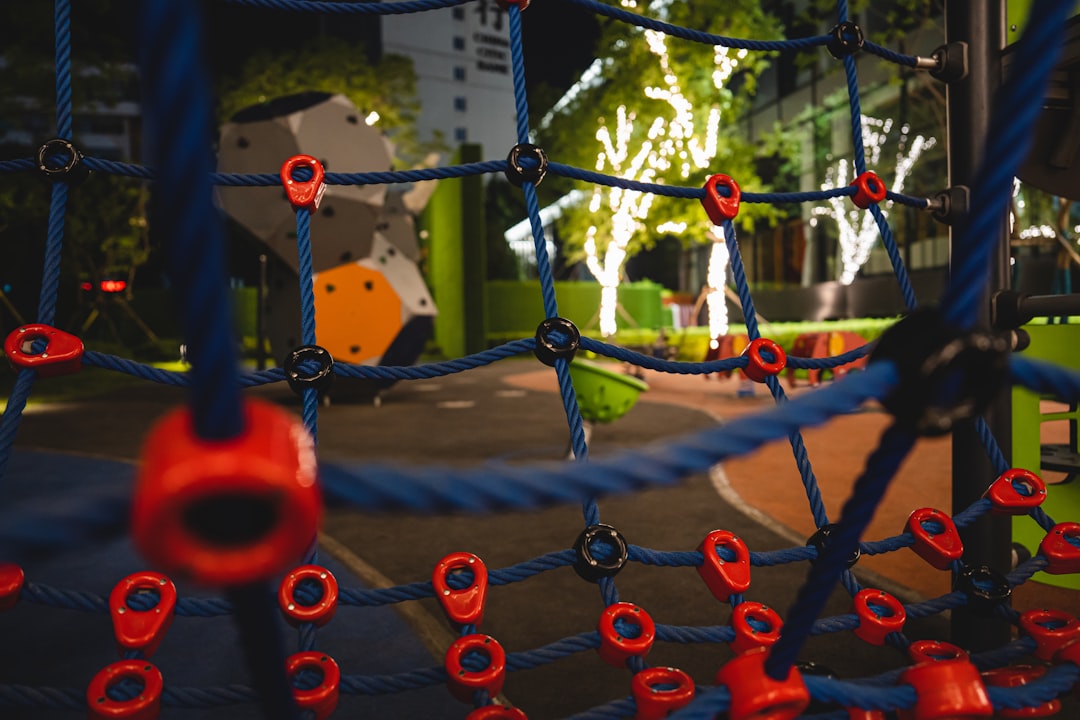
Playground installation teams face persistent operational and communication challenges: safety standards change, inspections are frequent, and many stakeholders share responsibility for upkeep. Traditional methods like laminated notices, printed manuals, and phone hotlines are slow, difficult to track, and easy to ignore. For a useful overview, see QR marketing. QR codes close these gaps by making the most important actions just one scan away.
The practical benefits go beyond convenience. QR codes turn signage, equipment labels, and print collateral into live gateways that collect data and route requests. That means fewer lost repair tickets, faster incident response, and a reliable audit trail for compliance. For a sector where community trust and safety are paramount, this shift improves transparency and strengthens relationships with parents, staff, and officials.
Applied within common materials like inspection tags, warranty cards, quotes, and project signage, QR codes deliver measurable improvements in response time, data accuracy, and community engagement.
Choosing the right QR format ensures the action you want is easy, fast, and trackable. In playground installation services, several formats align well with field work, safety compliance, and customer service. The best practice is to match the code to the job at hand, then use dynamic links for editability and analytics.
With Sona QR, you can generate and manage these formats in one place, assign per-site or per-unit codes, and edit destinations as needs evolve. Dynamic links with tracking are recommended for anything operational or customer-facing.
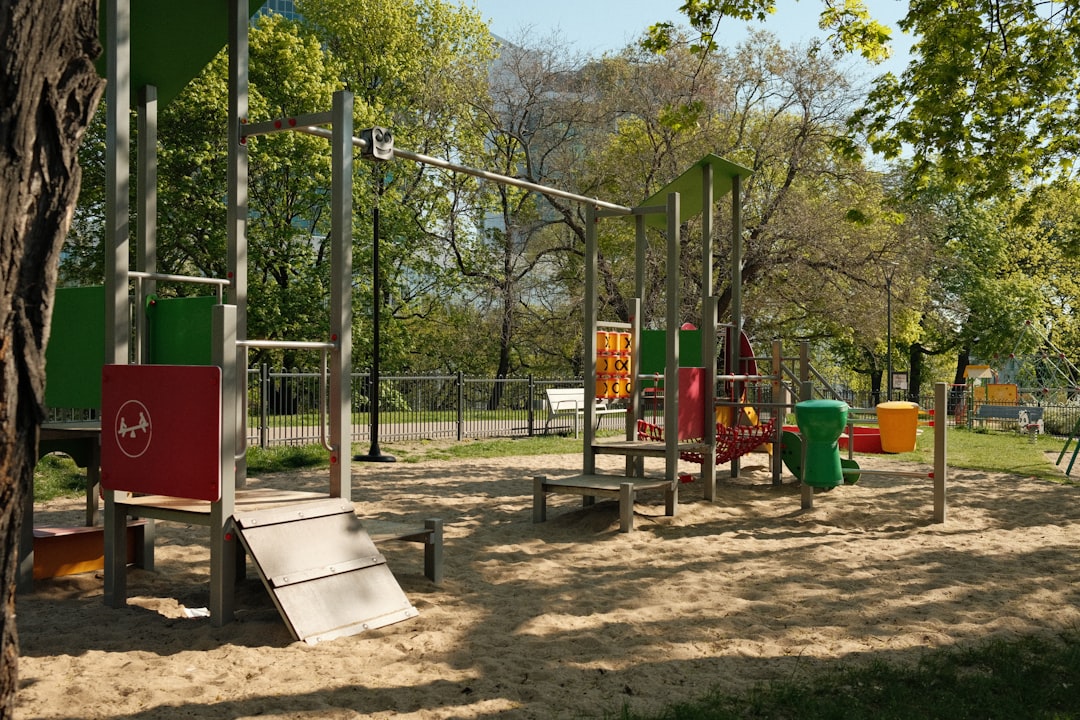
Playground installation companies often miss valuable touchpoints because physical interactions are not connected to digital systems. QR codes turn these moments into measurable engagement and service opportunities. The key is to place codes where stakeholders already look for information or need help, then ensure the destination delivers value.
Start by mapping your customer journey from pre-installation design through long-term maintenance. Identify questions parents, facility managers, and procurement officers ask most often and place QR codes that answer those questions at the point of need. Align each code with a specific KPI such as scan rate, form completion rate, or time to resolve.
By aligning QR placement with the needs of each stakeholder group, teams reduce message disconnect, consolidate account data, and uncover new growth segments such as donor stewardship, grant-supported upgrades, and preventative maintenance contracts.

Embedding QR codes into core workflows addresses recurring pain points and creates a more transparent, data-rich experience for all stakeholders. Focus on use cases that deliver immediate utility on site and measurable business outcomes behind the scenes.
Teams that implement these use cases report faster incident response, higher form completion, more accurate maintenance records, and stronger relationships with parents and facility managers. With dynamic content and robust tracking, these codes continue delivering value long after installation.
Every QR scan is a signal: who scanned, where they were, what they were interested in, and what action they took next. By deploying multiple codes across playgrounds, proposals, events, and equipment, you can segment audiences automatically and use that data for precise retargeting and personalized follow-up.
For playground installation providers, this means distinguishing among school district buyers, municipal procurement teams, PTO leaders, sponsors, and parents. Each group engages with different content and has different needs. Unique QR codes per touchpoint allow your CRM and ad tools to recognize these differences and tailor communication accordingly. For tactical targeting, see Sona’s retargeting playbook.
With Sona QR, each code functions as a smart entry point into your funnel, capturing data you can use to retarget based on actual behavior. This approach reduces wasted spend, shortens sales cycles, and keeps maintenance engagement consistent.
Disconnected campaigns and fragmented data cause inconsistent messaging, wasted budget, and lower community engagement. A thoughtful QR strategy turns every channel into a measurable touchpoint that advances the customer journey and builds a unified data set. The goal is simple: place codes wherever your audience encounters your brand or your playground, then connect scans to a system that tracks, segments, and follows up.
When you standardize QR usage across print, events, direct mail, and video, you make it easy for people to act at the moment of interest. You can then attribute outcomes to placements and messages, learn what works, and redirect spend to the best-performing assets.
Scannable codes on brochures, equipment tags, and safety signs push visitors to interactive calculators, site plans, or supplier details while keeping engagement measurable. Branded frames and clear CTAs such as Scan to Report a Repair or Scan for Safety Certificate increase trust and uptake. Each scan maps to a known playground, so your reporting reflects real-world usage and needs.
Placing QR codes on banners, check-in posters, and donation materials at openings or fundraisers helps capture meaningful interest. Parents, sponsors, and officials can access grant lists, design surveys, and volunteer signups without searching. Tag scans by event and time to gauge demand, understand questions, and prioritize next actions.
QR-enabled offers in mailers and project kits convert offline exposure into digital actions. School districts and parks departments can use codes on quotes and invoices to download maintenance schedules, request site assessments, or explore financing. This not only simplifies the decision process but also generates intent signals your sales team can use to nurture accounts.
Add QR codes to walk-through videos and site tours so viewers can request quotes, schedule inspections, or explore equipment options while interest is high. Short URLs help, but a QR code eliminates typing and raises completion rates. Track scans by content type and scene to learn what visual stories move people to act.
Centralizing QR management across all channels ensures message consistency and accurate attribution. Sona QR gives you a single dashboard to monitor performance, update destinations, and sync scan data with your CRM and ad platforms so each channel reinforces the others.
Effective QR initiatives follow a simple, repeatable playbook: choose the right use case, pick the best code type, design for clarity, deploy where it matters, and optimize based on data. The steps below apply to both operational workflows like maintenance and growth efforts like donor or grant outreach.
Start with one clear objective and audience. For operations, you might aim to reduce incident response time by enabling instant, location-specific safety log submissions. For growth, you might want more design consultations from school administrators reviewing a proposal.
Clarify how success will be measured. Examples include average hours from report to resolution, percentage of equipment labeled with codes, scan-to-form completion rate, and number of qualified design requests. Choosing one or two KPIs keeps the project focused and makes it easier to demonstrate value to stakeholders.
Decide whether your destination will need to change and whether you want analytics. Static codes can work for permanent, non-tracked resources, but most playground use cases benefit from dynamic QR codes that are editable and trackable.
Dynamic codes support A/B testing, audience tagging, and centralized updates. If a grant link changes or a manual is revised, you can update the destination without reprinting. This flexibility is essential for safety and compliance content.
Design for clarity. Add your logo, use brand colors that contrast with the code, and surround it with a consistent frame. The call to action should be benefit-driven and specific: Scan to Report a Repair, Scan for Safety Certificate, Scan for 3D Design.
Test scannability under real conditions. Try multiple phone types, distances, and lighting. Print at the appropriate size and use high-contrast backgrounds. Place codes where people can stand safely to scan without blocking play or creating hazards.
Roll out codes in stages: start with the placements that will create the most value, then expand. For operations, begin with high-wear equipment and entry signage. For growth, prioritize proposals, invoices, and onsite displays where decision-makers engage.
Coordinate with your team to label equipment systematically and to keep printed materials up to date. Use unique codes per playground and per equipment type to preserve data quality and simplify reporting.
Once codes are live, monitor scans by location, time, and device. Track conversion events like form submissions and consultation requests. If a code receives views but few submissions, adjust the CTA, simplify the form, or improve placement.
Use A/B testing on destinations and CTAs to refine performance. Seasonal patterns matter in playgrounds: adjust hours, staffing, and content for summer peaks and school-year schedules. Share insights with operations and sales so the entire team benefits.
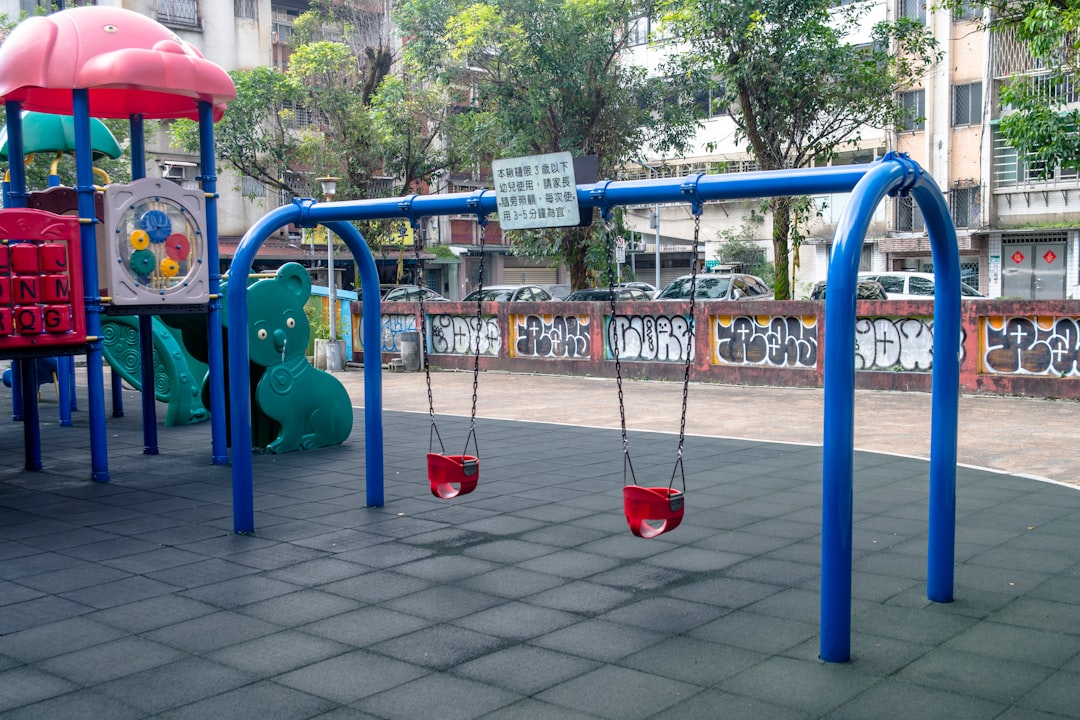
Playground installation teams need to connect real-world engagement to business outcomes. QR tracking closes the loop by revealing where interest and issues originate, which content performs, and how scans contribute to pipeline and revenue. The goal is to move beyond vanity metrics to actionable intelligence that guides staffing, inventory, and marketing.
Start by standardizing how you identify sites and equipment. Unique codes per playground and per major equipment type enable granular reporting. Then decide which conversions matter: maintenance submissions, design consult requests, grant downloads, or donor referrals. Tie these conversions to the codes and campaigns that drove them to understand ROI and improve forecasting. For framework-level context, read Sona’s blog on offline attribution and multi-touch models.
With Sona QR and Sona, you can go beyond basic scan counts and achieve revenue-grade attribution:
By turning each scan into a precise, attributable event, playground providers move from generic analytics to a full-funnel, real-time picture of community demand and business impact.
Sustaining QR momentum requires consistent execution and thoughtful improvements. The biggest pitfalls are anonymous traffic, outdated content, and inconsistent follow-up. The following practices help you scale with confidence and preserve data quality.
Start with governance: a simple naming convention for codes, a standard CTA library, and a deployment checklist will prevent confusion as your library grows. Then build automation around the most common actions so scanners always receive timely responses and your team focuses on higher-value tasks.
When combined with a platform like Sona QR, these practices minimize data silos, surface previously hidden engagement, and help you design a connected, customer-centric experience across every playground you serve.
QR codes deliver measurable results for playground installation services by transforming every surface, sign, and document into an actionable digital touchpoint. By addressing industry pain points such as missed high-value prospects, incomplete account data, and disconnected campaigns, they provide a future-ready strategy that tightens operations and strengthens community trust.
Whether your priority is modernizing maintenance, simplifying safety compliance, or unlocking new outreach opportunities, now is the time to implement a QR framework that scales. You can generate and track your first codes quickly with Sona QR, connect scans to outcomes in Sona.com, and build a clear path from real-world engagement to revenue and long-term relationships. Start creating QR codes for free.
QR codes have revolutionized playground installation services by transforming how providers engage with clients and manage projects. From streamlining access to installation guides and maintenance schedules to enhancing safety compliance and customer communication, QR codes enable faster, more efficient service delivery and elevate the overall client experience. Imagine instantly sharing up-to-date installation instructions or warranty information on-site, reducing delays and boosting customer satisfaction.
With Sona QR, you gain the power to create dynamic, trackable QR codes that can be updated in real time—no need to reprint materials or send cumbersome emails. Every scan provides valuable insights that connect client interactions to tangible outcomes, helping you refine your processes and grow your business. Start for free with Sona QR today and turn every QR code scan into a seamless step toward safer, smarter playground installations.
Best practices include using QR codes on equipment and signage to access maintenance logs and safety checklists instantly, capturing repair requests digitally, tracking scan data to prioritize issues, and training staff to promote QR usage and keep codes visible.
QR codes enable instant digital access to maintenance logs, safety standards, and repair request forms, reduce delays caused by paper workflows, create transparent audit trails, and provide real-time tracking that helps complete repairs faster and improves compliance.
Using QR codes across marketing collateral, events, direct mail, and digital signage to convert physical interactions into measurable digital engagement, segment audiences for retargeting, personalize communication, and track campaign performance to optimize spend and customer outreach.
Choose providers that integrate QR-based workflows to ensure transparent maintenance, compliance tracking, fast issue resolution, and community engagement, as well as those who offer detailed reporting and CRM integration for better service management.
The article explains that QR codes can reduce installation and maintenance costs by streamlining workflows and improving data accuracy, but specific installation costs vary and are not detailed in the content.
Safety standards are accessed and verified through QR codes on signage and equipment that link to up-to-date compliance certificates, inspection histories, and safety regulations to ensure transparency and reduce audit risks.
Increase engagement by deploying QR codes at key touchpoints such as equipment labels, brochures, event materials, and proposals to provide instant access to information, gather feedback, enroll volunteers, and personalize follow-up based on scan data.
Benefits include simplifying access to critical information, speeding up maintenance and repair requests, improving data accuracy, enabling real-time updates without reprinting, strengthening community trust, and providing actionable analytics for operations and marketing.
Attach QR codes with unique equipment IDs to playground structures that link to digital forms for repair requests with photos and timestamps, which route automatically to technicians, eliminate lost paper forms, and create centralized maintenance logs.
The article does not specify types of commercial indoor play equipment but suggests using QR codes to link to design portfolios and equipment specifications for easy access.
Use Sona QR's trackable codes to improve customer acquisition and engagement today.
Create Your FREE Trackable QR Code in SecondsJoin results-focused teams combining Sona Platform automation with advanced Google Ads strategies to scale lead generation

Connect your existing CRM

Free Account Enrichment

No setup fees
No commitment required

Free consultation

Get a custom Google Ads roadmap for your business


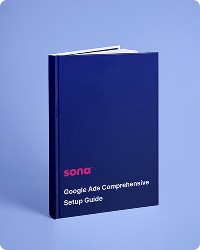
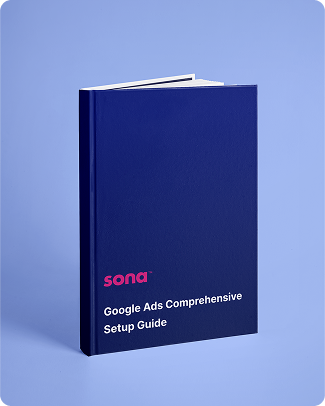

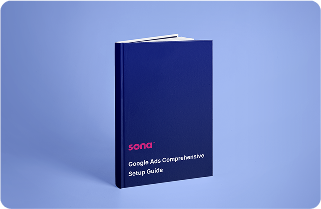
Launch campaigns that generate qualified leads in 30 days or less.
